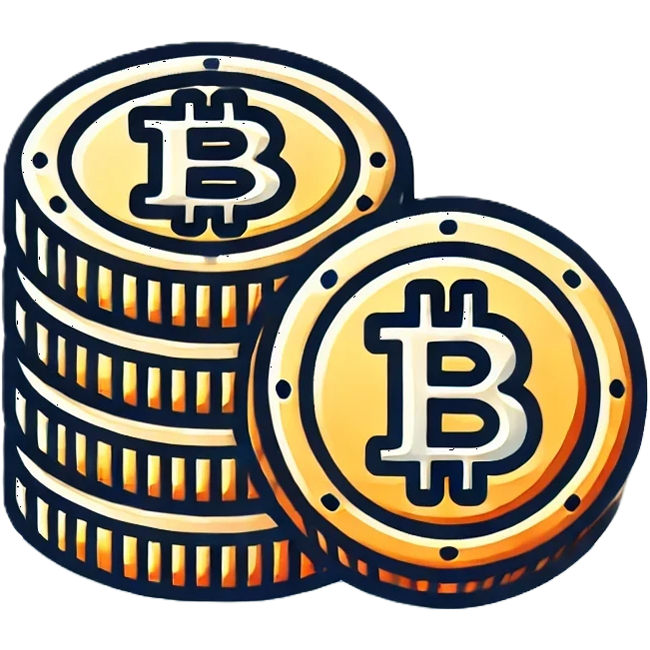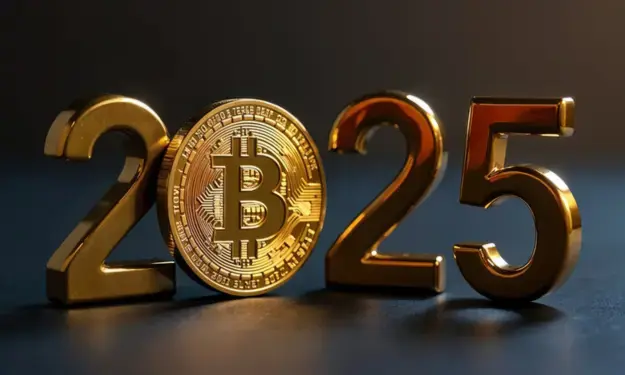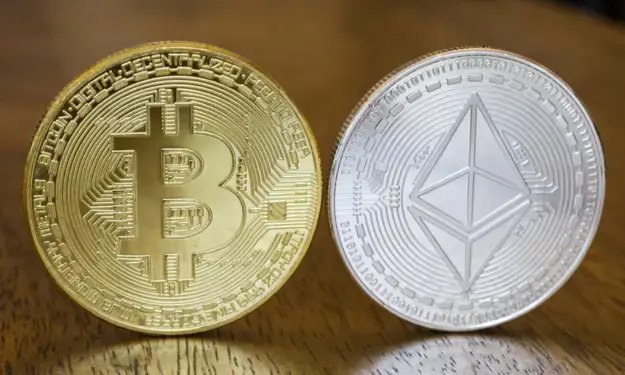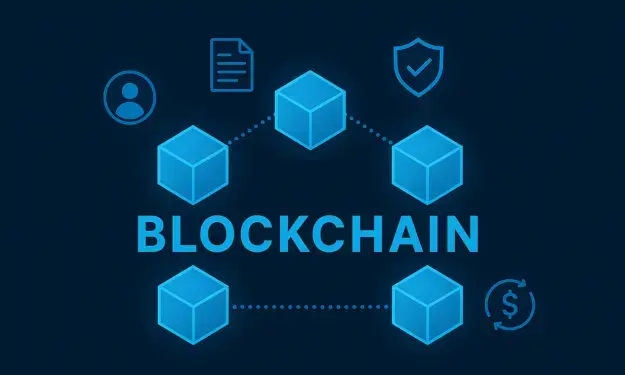Mantra
Publication date: September 12, 2024
What is Mantra
Mantra (OM) is a cryptocurrency that is part of the broader Mantra ecosystem, which focuses on developing solutions for decentralized finance (DeFi). Mantra differentiates itself by placing a strong emphasis on community involvement and creating opportunities for users to not only invest but also actively participate in decision-making within the platform. The OM token plays a crucial role in this. The platform enables users to strike, borrow and lend assets, as well as earn rewards. With a focus on open and transparent governance, Mantra offers a wide range of features attractive to DeFi enthusiasts.

The OM token acts as the core of the Mantra ecosystem. Users can use OM tokens for staking, which allows them to generate passive income by temporarily "locking" their tokens on the platform. In addition, users can use Mantra to participate in the governance of the network by voting on proposals that determine the future direction of the platform. This gives OM holders not only a financial stake in Mantra's success but also a more direct voice in its development. This combination of financial incentives and involvement in governance makes Mantra a unique project within the DeFi world.
How Mantra works
The Mantra platform runs on an advanced model that enables users to make the most of their digital assets. One of Mantra's core features is strike. Staking is a process by which users lock in their OM tokens for a specified period in exchange for rewards. These rewards are generated by the transaction fees paid on the network and distributed based on how many tokens a user has tied up and for how long. This allows users to passively generate income without having to actively trade their tokens. The staking process is simple and accessible, allowing beginners and experienced users alike to take advantage of this opportunity.
Another important aspect of Mantra is its governance through a DAO (Decentralized Autonomous Organization) model. This means that the governance of the platform is in the hands of the community, or OM token holders. Users can vote on important decisions, such as changes to the reward system, collaborations with other projects, or the launch of new features. This ensures that Mantra remains dynamic and flexible, as decisions can be made quickly and democratically. This governance structure also strengthens the involvement of users, as they are not only investors but can also actively contribute to the development of the platform.
History of Mantra
Mantra was founded in 2020 by John Patrick Mullin, Will Corkin, and Rodrigo Quan. The platform began with a clear focus on the fast-growing world of DeFi. The founders saw the need for a transparent and community-oriented platform that could help users manage their digital assets. The vision was to create an ecosystem where users could not only invest in crypto but would also have access to financial services such as lending, borrowing, and staking, without the need for intermediaries such as banks or other financial institutions.
An important milestone in Mantra's development was the launch of its staking functionality. From the beginning, the platform emphasized providing opportunities for passive income, which had immediate appeal to investors. Shortly after the launch of the OM token, strategic collaborations were established with other DeFi projects and blockchains, such as Polkadot and Binance Smart Chain. These collaborations gave Mantra broader market access and allowed it to offer cross-chain functionality, making the platform more robust and versatile.
In the following years, Mantra continued to evolve and expand. The platform introduced new features such as asset lending and the ability to participate in yield farming. In addition, updates were rolled out regularly to improve the user experience and provide new opportunities for OM token holders. Community engagement has always remained a priority, and through the DAO structure, users have been able to actively contribute to the direction of the platform. This continued growth and adjustments have given Mantra a firm foothold in the DeFi market.
What's going on at Mantra
In recent years, Mantra has gone through several significant developments. One of the most notable events was the expansion of the platform to multiple blockchains. Initially, Mantra operated primarily on Polkadot, but as the demand for cross-chain functionality increased, the platform decided to expand to other networks, such as Binance Smart Chain and Ethereum. This expansion has allowed MANTRA to attract a wider range of users and has made the ecosystem more accessible to investors active on other networks.
In addition, Mantra has established new collaborations with various DeFi protocols and blockchain projects. These collaborations have proven essential in expanding the scope of the platform and providing new opportunities for users. One of the most recent partnerships is with Zenlink, a cross-chain DEX (Decentralized Exchange), which gives Mantra users access to more trading opportunities and liquidity pools. These types of partnerships not only help expand Mantra's functionality but also strengthen the platform's position within the broader DeFi ecosystem.
While Mantra has experienced many positive developments, there have also been challenges. The DAO structure, which is normally a strength of the platform, has sometimes led to slow decision-making. In a rapidly changing market like DeFi, this can be a disadvantage, especially when quick adjustments are needed to respond to new trends or regulations. In addition, Mantra has experienced fluctuations in the number of active strikers, which has affected the rewards per user. However, the team behind Mantra continues to actively work on improvements and listen to feedback from the community to further optimize the platform.
Choice development of Mantra
If you look at the long-term picture of Mantra's share price movement, you can see that the rise took place particularly in 2024. In the first few years after its introduction, the share price halved from $0.4 to prices around $0.01. From mid-2023, the recovery is initiated and that recovery continues strongly in August and September 2024.
In the chart below, Mantra's price (blue) is plotted against Bitcoin's price (orange) over the past month. Where Bitcoin narrowly misses the 0-line, Mantra has risen nearly 15%.

Benefits of investing in Mantra
1. Strong focus on DeFi: Mantra focuses entirely on DeFi, which makes it attractive to investors who want exposure to this fast-growing sector.
2. Staking for passive income: Users can stake their OM tokens and generate passive income, adding a layer of value to their investments.
3. DAO-governance: Mantra allows token holders to actively participate in decision-making, ensuring greater community involvement.
4. Collaborations with other DeFi projects: Through partnerships with other DeFi platforms, Mantra continues to expand and offer new functionality to users.
5. Regular updates and improvements: The platform continues to evolve with new features and improvements, keeping it attractive to both new and existing users.
Disadvantages of investing in Mantra
1. Competitive DeFi market: DeFi is a rapidly growing industry with a lot of competition, making it difficult for Mantra to stand out.
2. Price fluctuations of OM token: Like many cryptocurrencies, the value of the OM token is volatile, posing a risk to investors.
Disclaimer: Investing involves risk. Our analysts are not financial advisors. Always consult an advisor when making financial decisions. The information and tips provided on this website are based on our analysts' own insights and experiences. Therefore, they are for educational purposes only.

.svg)








